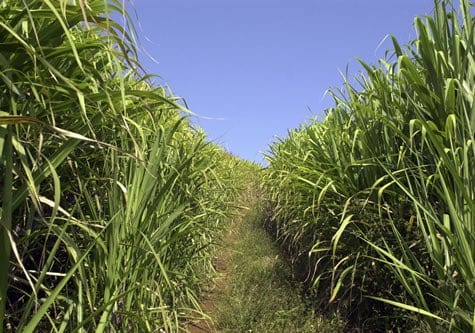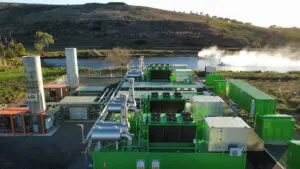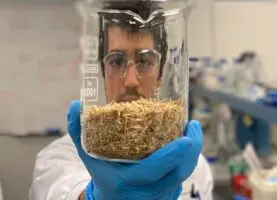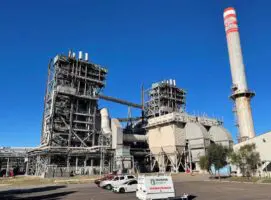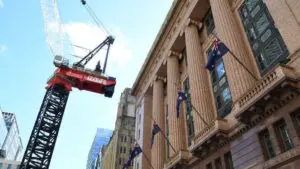British-Australian mining giant Rio Tinto says it will invest $215 million in a new low-emissions steel research and development facility in Western Australia to assess a new ironmaking process using biomass called BioIron.
The BioIron process proposes to use raw biomass and microwave energy instead of coal to convert iron ore to metallic iron in the steelmaking process.
When this process is combined with the use of renewable energy as well as carbon-circulation by fast-growing biomass, Rio Tinto says BioIron has the potential to reduce carbon emissions by up to 95% compared with traditional blast furnace ironmaking.
The Rockingham-based BioIron Research and Development Facility will include a pilot plant ten-times bigger than the pilot plant used in Germany and will mark the first time that BioIron has been tested at a semi-industrial scale.
In this new process, iron ore fines are mixed with raw biomass material (like agricultural waste) and heated using a combination of gas released by the biomass and high-efficiency microwaves powered by renewable energy, turning the iron ore into metallic iron.
Rio Tinto says one main attraction of the BioIron™ process is that, as studies have demonstrated, it uses less than a third of the electricity needed by other new technologies currently being trialed such as those using hydrogen.
“We have proven the process works at a small-scale pilot plant, and now we’re planning to test it on a larger scale at our new BioIron™ Research & Development Facility,” the company says.
The pilot plant will be capable of producing one tonne of direct reduced iron per hour and will provide data for Rio Tinto to continue scaling the technology to a larger demonstration plant.
“The world needs low-carbon steel to reach net zero, and we are working to make this a reality by finding better ways to turn our Pilbara ores into steel,” said Simon Trott, chief executive of iron ore at Rio Tinto.
“BioIron is a world-first technology that has the potential to play a significant role in a low-carbon steel future.
The plant will have 30 full-time employees and include space for equipment testing to support further scaling up of the technology. It has been designed in collaboration with University of Nottingham, Metso Corporation and Western Australian engineering company Sedgman Onyx.
Fabrication of equipment for the plant and research facility will begin this year, with the facility to be commissioned some time in 2026.
“As one of the world’s largest iron ore producers, it just makes sense for WA to lead the world when it comes to low-emission steelmaking,” said state premier Roger Cook.
io

